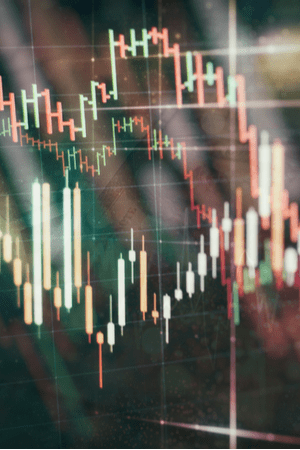How wise is it to buy bonds?
Despite the fact that you often run less risk when investing in bonds than when investing in shares, there are still points of attention. For example, the return; because this is determined with a certain certainty, it cannot be as high as with shares.
What are bonds?
In most cases, companies or banks trade in bonds, although governments often participate in this as well. In that case, we call a bond a government bond or government bond . The basic principle of a bond is that you, as an investor, lend money to the chosen company, and they give you a ‘debt paper’ in return.
The bond that is traded is evidence that there is a mutual exchange between the investor and the company. When you start investing, you get a fixed annual maturity date, a final maturity date and an agreed annual return. The biggest difference between stocks and bonds lies mainly in the previous sentence.
The difference between bonds and stocks
By buying shares, you are also buying a share in the company. With bonds, you are lending money. In addition, with shares there is no annual maturity date or an agreed end date, so you only get your investment with return when you sell your shares again.
The annual income in shares can be present through dividends. This occurs when a company or organization decides to share a portion of the profits earned with the existing shareholders. Read more about shares.
With bonds, you are assured of an annual return, while with shares you are dependent on the management of the organization. The last important point of difference is that shares are much more susceptible to influence on the stock exchange . This can have both a positive and a negative effect, although with current bonds, you feel these fluctuations less as an investor due to the assured return. Read more about the differences between shares and bonds .
A regular yield
The most important reason for investors to choose bonds is the fixed return. With most bonds, you know in advance what you will receive in the form of interest on an annual basis. Exceptions exist, in which case bonds do not have a fixed return. In that case, the variable return is linked to an index or interest indicator.
Capitalization is possible
Capitalization is a common phenomenon in bonds. This means that your annual return is added to the principal amount of the bond, without you having to pay attention to it yourself. The conclusion you could draw from this as an investor is that bonds require less continuous attention than when trading in shares.

Perfect for expanding your portfolio
Because you as an investor can better spread your investments, bonds are an extra suitable choice. Bonds are so important because they are a good counterpart to shares; when your chosen shares will fall sharply in value, bonds will normally rise. Of course, this also happens the other way around.
Compare brokers and start buying bonds
Are you excited about investing in bonds after reading this article? Compare brokers with a bond offering and find the broker that suits you best!